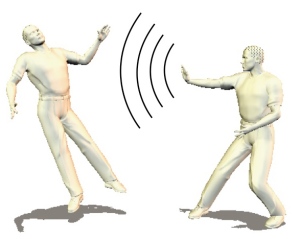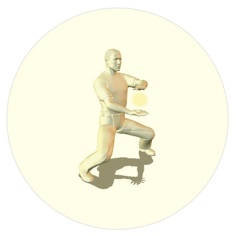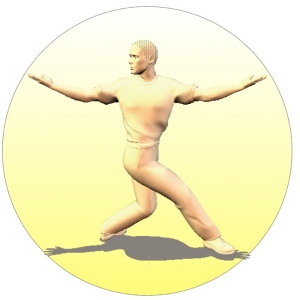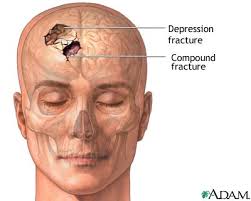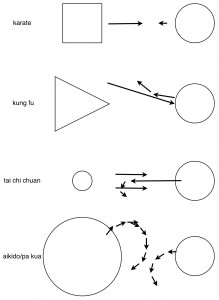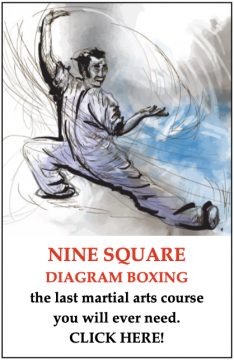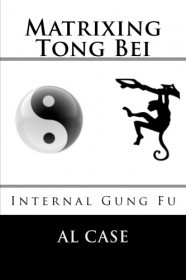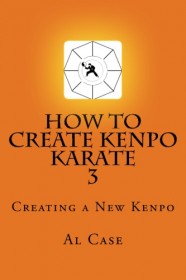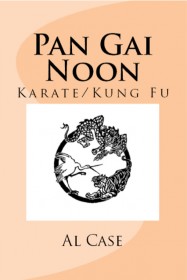How to Avoid Being a Paper Tiger
A Paper Tiger is a person who has a certificate and no real knowledge.
To be precise, it is a person who has bought a certificate, or otherwise convinced some fellow to give him one, and he can’t really do the things listed on the certificate.
We used to call this idea, of bought certificates instead of earned, as ‘Paper mills.’ Some guy would just charge money and send paper, and it was just a money making scheme.
And, it was pretty cruel, because it misrepresented the martial arts, and it misrepresented the individual with the cert in hand.
Now, I don’t particularly like the notion of Paper Tigers. So let me define what is happening here, and what I decided to do about it.
Some fellow goes to a martial arts school, then stops. Maybe he should stop, maybe he shouldn’t, but he is still left halfway through the ranks, he still wants what he was working for, he still wants to earn his black belt.
Or, even worse, a fellow that never went to a martial art school, but still wants the diploma.
Sometimes these fellows look for the short cut.
Sometimes the head rationalization is massive.
‘Oh, I knew what he (the instructor) was talking about.’ Or, ‘I can fight good, I deserve it.’ Or, ‘well, I’ve been practicing, sort of, so I’m at that rank.’
Do you see all the potential variations here?
But the fellow hasn’t done the work!
Now, I’ll be honest, there will always be people who manage to get away with this. Sometimes they’ll just print up their own certificates.
But I want my signature to mean something when I put it on a certificate. So I did several things.
One thing I did was eliminate ‘poser’ techniques from my courses. These are techniques where the attacker has to wait, to pose, while the defender makes the technique work.
Another is to align the techniques so they are more logical. This makes them easier to learn and make work.
And, then there is video. I can tell when a person is faking it. I can spot even a mental hesitation and ‘think’ in the middle of the form.
And it is easy to see when a technique isn’t working.
And, because of The Master Instructor Course, I can give a person spot on instruction that will help him make it work.
I don’t care if a person comes to me and isn’t quite competent, I only care if I can’t make him competent. I just want to make him into a real tiger!
So by the structure of my courses, and video testing, and the VERY high worth of the art I am teaching, I’ve had good results, and, as far as I know, no Paper Tigers.
See, the thing is this, let’s say a guy comes to me with head rationalizations, and he wants a certificate…when he sees the logic, when the error is pointed out without making him feel bad, then the Paper Tiger becomes…a Tiger.
That’s what I want, martial artists who are real tigers, and, truth, that’s what the people who sign up for courses want. They WANT to be real martial artists. And it is my duty to get them there.
The reason I tell you this is so that when you sign up for the Kang Duk Won Karate Course, the Best Online Karate Course in the World, you will know that you are in good hands.
This has been a page about making a real tiger out of a paper tiger.

